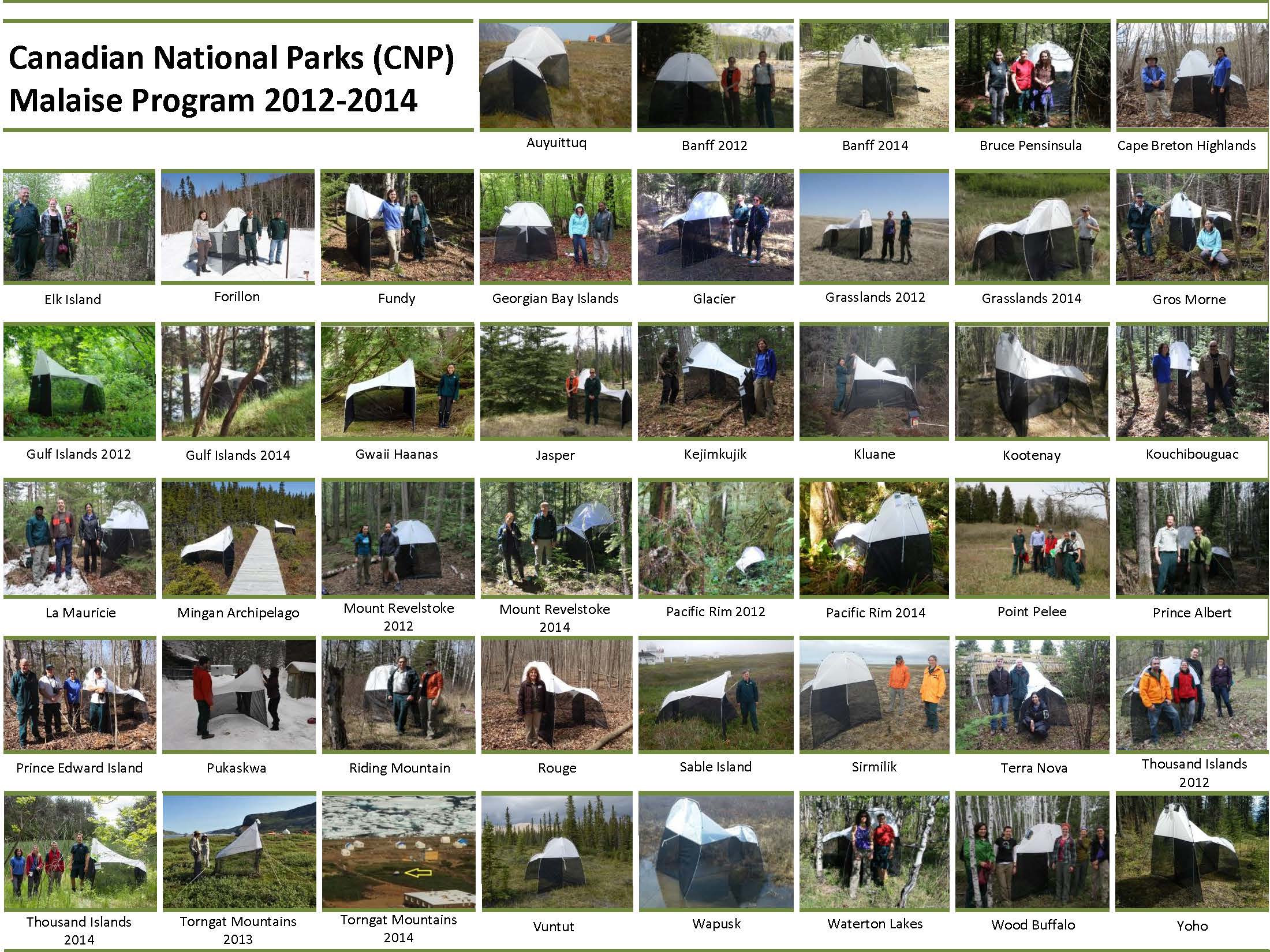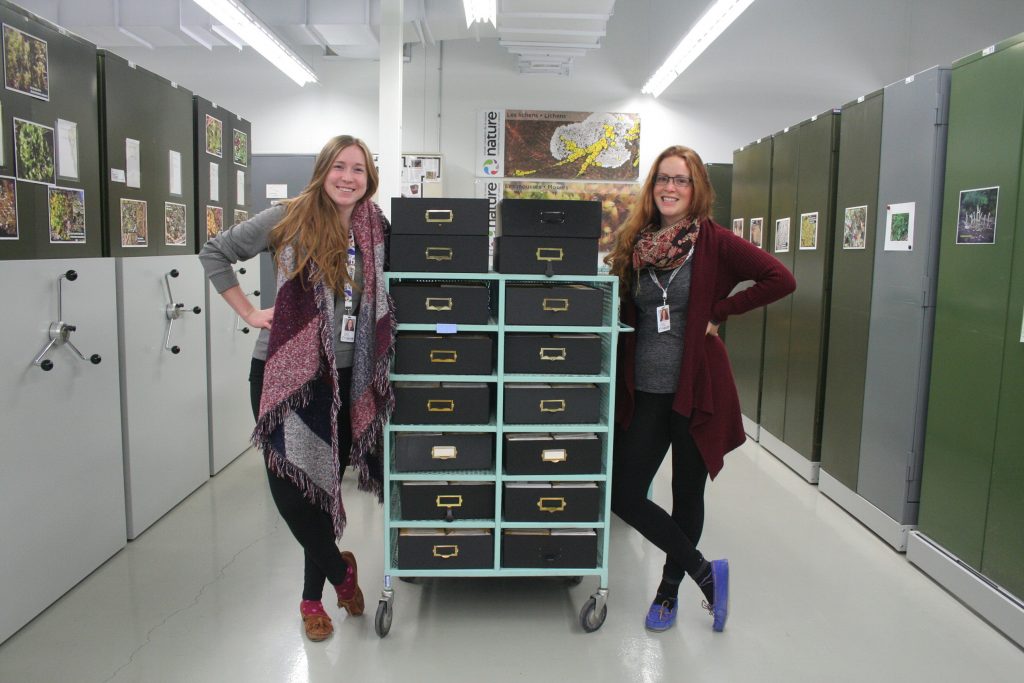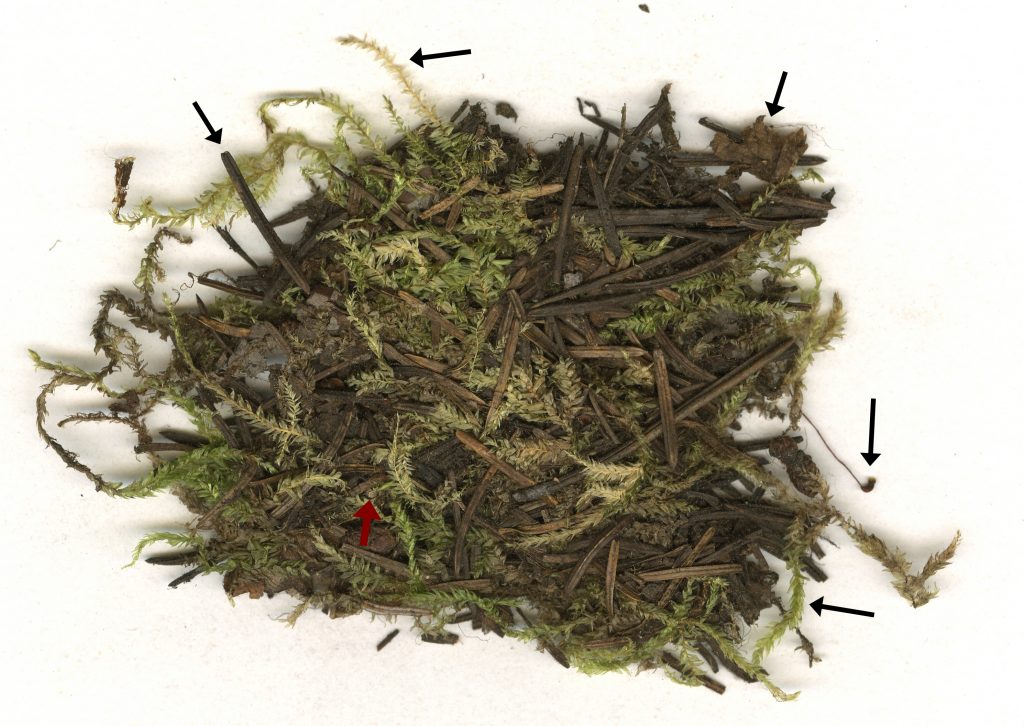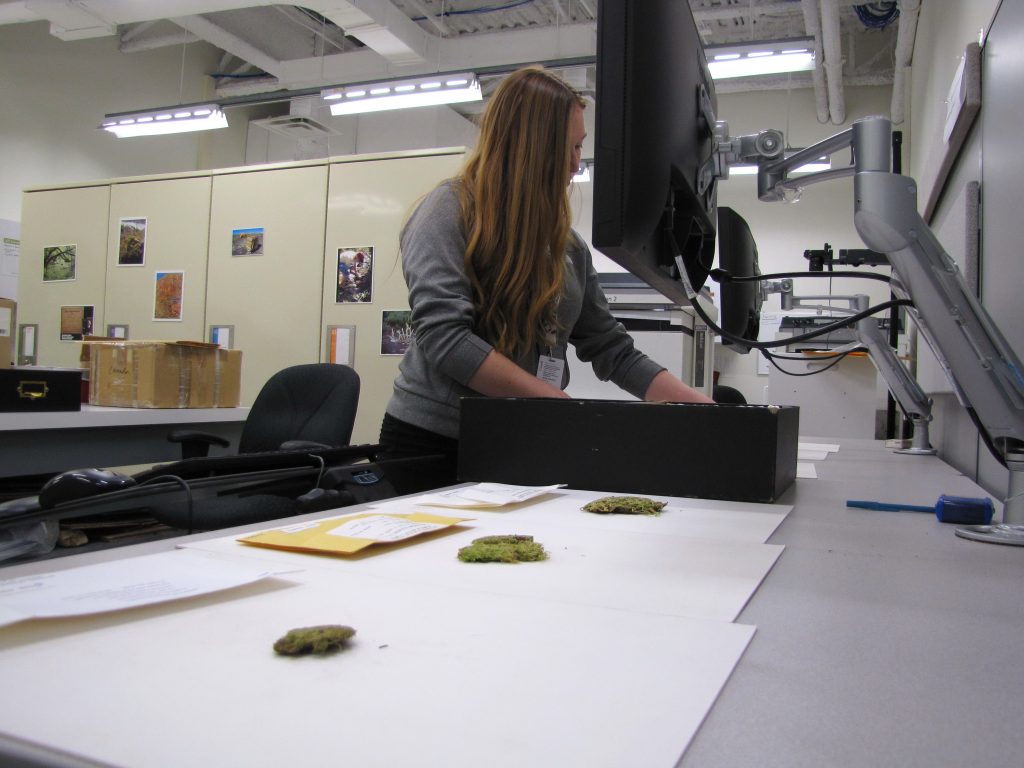DNA barcoding and Malaise traps capture the remarkable diversity in Canada’s National Parks
Hi everyone!
As some of you may know, we here at BIO spend a great deal of our field work sampling in Canada’s beautiful National Parks. In fact, from 2012 to 2014, BIO and Parks Canada partnered up to complete a massive national barcoding project that aimed to map out the country’s arthropod biodiversity: the Canadian National Parks (CNP) Malaise Program. I spent a lot of time planning, organizing, and coordinating this project and am thrilled to finally have results!
To recap, our favourite insect-collecting method is the Malaise trap; a tent-like structure that is effective at capturing various kinds of flying insects. These traps are cost-effective and easily deployed, so BIO provided Malaise trapping kits to Parks Canada staff who executed the insect collection effort in their park throughout the snow-free seasons. Various habitats were sampled from all over the country; including the temperate rainforests of the western Vancouver coast, the Rocky Mountains of British Columbia and Alberta, the prairies of southern Saskatchewan, boreal forests across the country, and the Atlantic Maritimes. Multiple tundra habitats were also sampled in all three Canadian territories including two sites in Quttinirpaaq, Canada’s northern-most park. The program also included two island parks; one in the Pacific (Gwaii Haanas) and one in the Atlantic (Sable Island).

In 2014, after completing the sampling in all 43 of Canada’s accessible National Parks, staff at BIO spent the next year and a half processing the samples, and completed their analysis in late 2015. Final reports for the 23 parks sampled in 2014, and all the reports compiled from previous years, can be found on our Reports page.
Over just three years the CNP Malaise Program has collected more arthropod species than ever recorded in the history of Canadian biodiversity! We collected a staggering 725K arthropod specimens of which nearly 620K received a DNA barcode resulting in a total of 36,423 distinct ‘barcode clusters’ or presumed species. This represents 13% more species than previously recorded in Canada (32,045 arthropod species as reported by Mosquin et al. 1995). It’s estimated that the total number of known and unknown arthropod species in Canada is 63,643 (Mosquin et al. 1995), and we’ve documented nearly 60% of that potential diversity. The efforts of this program truly highlight the impressive amount of diversity that can be captured using Malaise traps in combination with DNA barcoding for species differentiation.

An average of 2,000 species was collected from each of the national parks sampled. After two sampling seasons (2012 and 2014), the southern Ontario park, Thousand Islands, had the highest arthropod diversity with 5,244 species gathered. Forillon in Quebec’s Gaspé Peninsula had the second highest species diversity (3,956) followed by the prairie park, Grasslands (3,404), in Saskatchewan. The most commonly encountered species was Smittia sp. – a non-biting midge belonging to the family Chironomidae – with 7,243 individuals barcoded. Despite the huge amount of species diversity we have gathered, there is still much more to be discovered.
Of the 36K species captured, more than half (21K) were unique to a single collection site; meaning they were only detected in one of the 43 parks. In contrast, only 120 species were found in 20 or more parks; the most widespread species was Scatopsciara atomaria (a type of fungus gnat, which you may recognize as the small black flies that appear in your house from potting soil!). This species was found in 36 of the 43 parks. Furthermore, nearly half the species in each park (48%) were represented by only one individual. These observations suggest that we’re nowhere close to collecting all the insects in Canada.
Nevertheless, the CNP Malaise Program has gathered a substantial amount of arthropod diversity data throughout the country. BIO has begun the long process of constructing a real-world “Pokédex” (for those familiar with Pokémon): a comprehensive digital reference including a complete species inventory and barcode library for arthropods in our National Parks. The completion of this extensive 3-year project demonstrates the power of DNA barcoding to help us understand the diversity around us, especially when coupled with this time- and cost-efficient approach for capturing biodiversity using Malaise traps. Ultimately, this study brings us closer to creating a complete DNA barcode library for all species that occur in Canada.
Mosquin, T., Whiting, P.G. and McAllister, D.E. 1995. Canada’s biodiversity: the variety of life, its status, economic benefits, conservation costs and unmet needs. Canadian Centre for Biodiversity, Canadian Museum of Nature. Ottawa, ON. xxiv + 293 p.




































